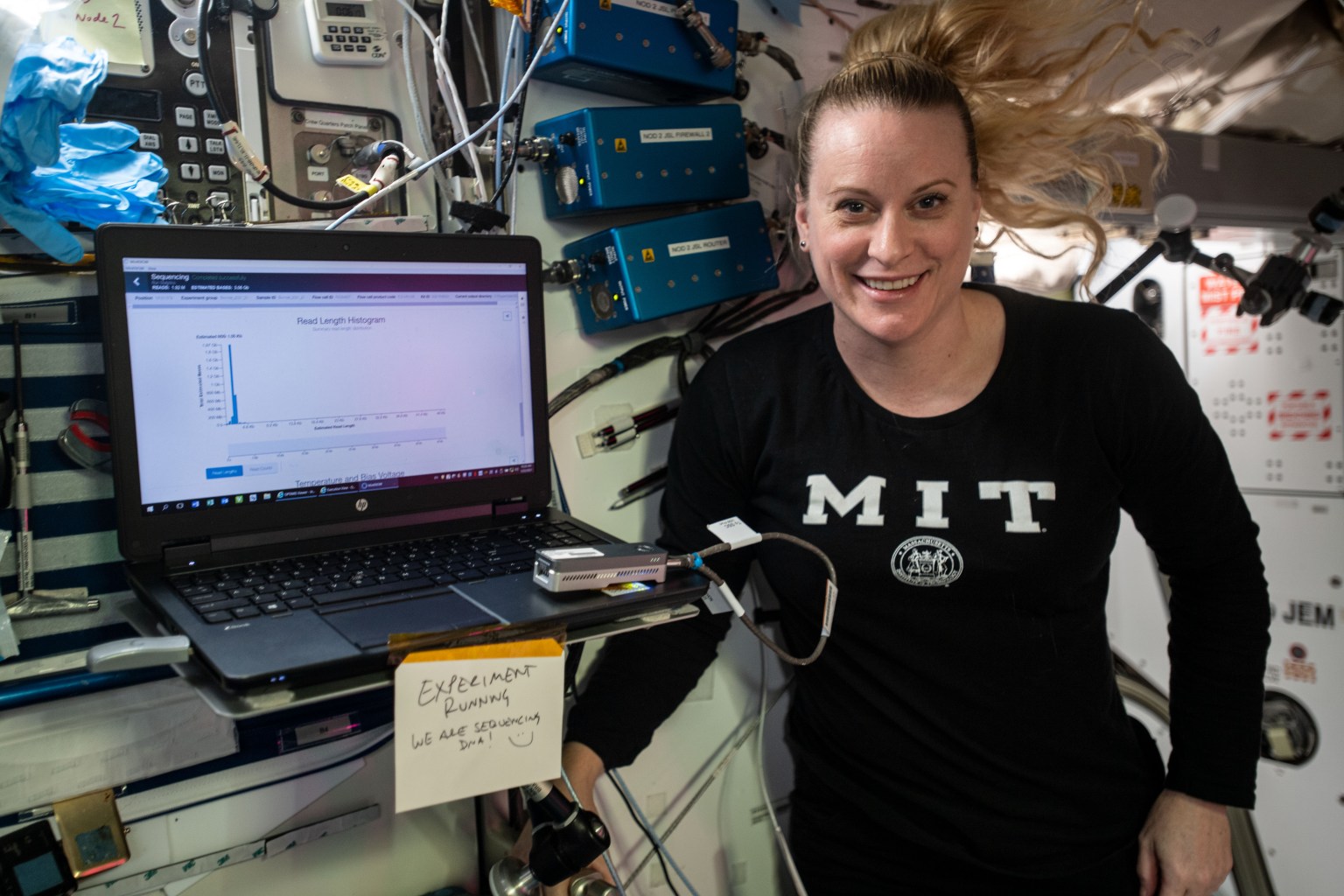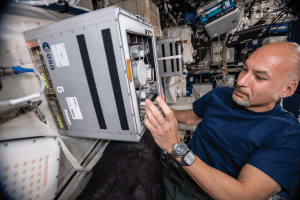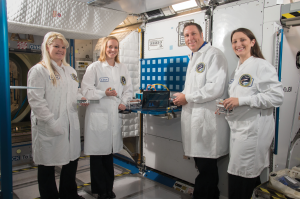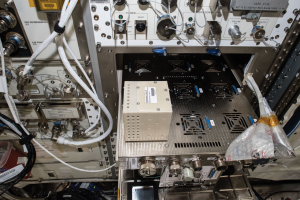It’s a world-class laboratory and it’s an absolutely packed one. I think it’s like taking an entire university campus, a world-class university, and shrinking it down to the size of the space station.
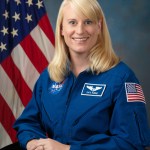
Kate Rubins
NASA Astronaut
Scientists use the International Space Station and its many tools, including DNA sequencing and genome editing, to study microbes – how they behave in sanitized and confined environments, how space may change them in ways that could affect human health, and whether they could be used to mine metals on other planets.






























